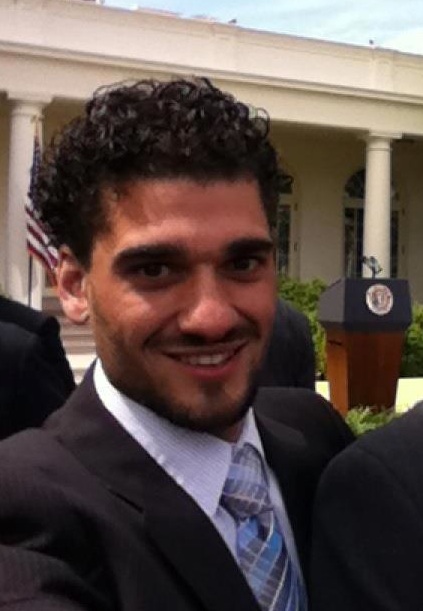
Five lessons learned from a social entrepreneur
Knight Foundation has funded SoChange.com to convince companies to behave in socially responsible ways. Here, Mike Norman, its co-founder, shares key insights and lessons learned from the project’s first year.
One year ago, my co-founder and I launched SoChange.com to empower the use of consumer spending as a tool for improving corporate behavior. We had grown increasingly frustrated at our inability to let responsible companies know that we supported them because of their impact on issues we cared about. We wanted to use our spending to convince companies to be better, and market research showed that we were not alone. Enough consumers were like us that taken together, we controlled enough buying power to make a real difference in how companies thought about their social and environmental impact.
We set out to build a tool that would show consumers that shifting where they spent money could meaningfully impact issues they cared about. Over the past year, we have learned a great deal from our own experience and those of other social entrepreneurs. Here are a few of the key insights we have learned and a overview of how it has informed our strategy moving forward.
Be Brutally Honest About Your Value Proposition
Social entrepreneurs are optimistic by nature but that cannot cloud how you think about user experience. DonorsChoose.org and Kiva.org are two of the largest online social entrepreneurship successes and they both struggle with repeat engagement. It’s hard to construct a cause-based experience that is so delightful that people want will go out of their way to experience it on a regular basis.
At SoChange we quickly learned that our users loved convincing companies to do good, but like donating, it was not something they were inspired to seek out day after day. Making an impact was not delightful enough to get our users to come back to SoChange on their own without an e-mail prompt or social media notification. We needed to find new ways to provide value to our users beyond just making an impact.
Approach Customer Development Rigorously
Market research is particularly difficult for social entrepreneurs. People tell you that they will use your product because it is the respectable answer to give, not necessarily because it is the truth. Over the past year, we spent a few months building a mobile product that our user research told us was sure to take off. When mobile engagement did not materialize as we had hoped, we had wasted valuable time. We should have collected more data with the Minimal Viable Product that we hacked together using Foursquare before investing in building our own. It’s essential to have real usage data to react to as soon as possible.
If you don’t know what Customer Development is, read this article immediately.
Think About Scalability Early
Your first step should always be proving that you have a product that anyone wants to use, but if your model depends on scaling quickly, you need to figure out how that’s going to happen as soon as possible. We quickly validated that people would buy gift certificates to convince a company to impact their cause and began concentrating on how to scale. For us, this meant make the product much more engaging than we had initially anticipated and exploring different ways to add value to our users. We went about this the right way, but I’ve seen other entrepreneurs lulled into feeling as if small victories mean their model is working when in reality, they are not on a path to achieve the scale needed to make their business self-sustainable.
Give Your Super Users Something Super To Do
If you have a social enterprise, chances are there is a subset of your users that are really passionate about your product. Give those users something special to do. We were amazed at how willing our super users were to set up appointments with businesses and non-profits, and actively recruit their friends to participate.
Distribution Matters
At SoChange we have focused on designing a product that is so compelling that users would come back regularly and get their friends to do the same. This is absolutely the hard road to take for companies that focus on social impact. As I mentioned earlier, impacting causes is not top of mind for the vast majority of individuals. The success of DonorsChoose.org in recent years is largely due to their distribution network of corporate partners that allow them to reach donors it would otherwise never have access to. Daily Feats has solved the distribution challenge by building a platform where brands own cause-related ‘feats’ that they drive the customers to interact with. A brilliant strategy where their paying clients also develop the user base. At SoChange, even with all our work on product, our non-profit partners still drove the majority of new user acquisition.
We have built on the past year’s experience to create the latest iteration of SoChange. We have always been about empowering consumers and our experience has taught us that we need to go even further down that road. We have simplified our process by giving users pre-set asks that they can make of businesses, and then crowdsourcing the companies we target from the community. This allows the community to take ownership over what businesses are selected and gives individual members credit for suggesting the winner. We are betting that the crowdsourcing dynamic we have added will give users an added incentive to re-engage with the SoChange after their first action. We hope you’ll join us for this next experiment and feel free to email me at [email protected] if you have any questions or ideas.
Recent Content
-
Communitiesarticle ·
-
Communitiesarticle ·
-
Communitiesarticle ·


